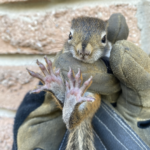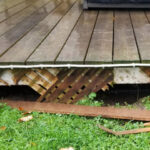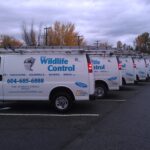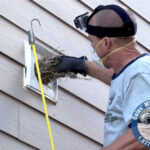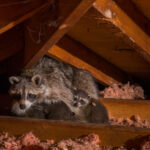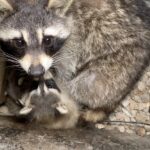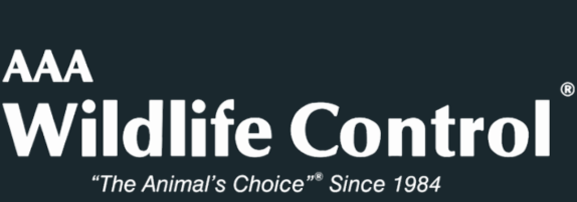Spring and fall in Vancouver and the Lower Mainland bring blooming gardens, crisp air — and unfortunately, uninvited attic guests.
Yes, we’re talking about squirrels.
These agile, bushy-tailed creatures may look cute in your backyard, but once they sneak into your attic to nest, they can quickly go from amusing to alarming. Squirrel nesting season is a peak time for property damage. If you’re not careful, your attic could become a full-fledged squirrel nursery.
Squirrels often have 2–3 litters per year, with 1 to 7 babies in each, typically between February and November. That means there are many opportunities for them to choose your attic as a cozy place to raise their young.
In this post, we’ll cover how to protect your home — and why professional removal is the safest (and smartest) way to deal with a squirrel invasion.
Why Do Squirrels Love Your Attic?
Squirrels aren’t trying to be pests — they’re just looking for the perfect spot to nest and raise their young. Unfortunately, your attic checks all their boxes:
- Warm and dry
- Safe from predators
- Full of insulation that doubles as cozy bedding
They’re also surprisingly crafty. Squirrels can squeeze through small openings — gaps in your roofline, uncapped vents, loose soffits, or chimney flues — to claim your attic as their own.
Signs You Have Squirrels in the Attic
Not sure if a squirrel’s moved in? Keep an eye (and ear) out for these signs:
- Scratching or scampering sounds Often heard in the early morning or evening when squirrels are most active.
- Droppings Small, dark pellets left in corners or along attic beams.
- Chewed wires and insulation Squirrels gnaw constantly to keep their teeth filed down, leading to costly damage — and even fire risk.
- Squirrels on the roof or in your chimney Spotting squirrels frequently running across your roof or perched near your chimney is a strong indicator they may be nesting inside.
→ Bonus Tip: Look for nesting materials like leaves or shredded insulation near vents or the chimney cap — this often means a squirrel has made itself at home.
How to Prevent a Squirrel Invasion
1. Seal All Entry Points Walk around your home’s exterior and look for cracks, roof gaps, damaged soffits, or loose shingles. Even a tiny hole can be an open invitation.
2. Trim Overhanging Branches Squirrels are excellent climbers and jumpers. Keep branches at least 6 to 8 feet away from your roof to reduce their launching pads.
3. Protect Vents and Chimneys Install vent covers and chimney caps. Use a durable mesh to prevent squirrels from squeezing through.
Why DIY Squirrel Removal Can Backfire
We understand — it’s tempting to try solving the problem on your own. But DIY squirrel removal can be risky and even illegal. Here’s why:
- You might separate a mother from her babies. During nesting season, this is common — and inhumane.
- Squirrels can get aggressive. A frightened squirrel will defend itself by biting or scratching.
- Wildlife laws apply. In BC, humane treatment and relocation practices are required by law.
Trust Vancouver and the Lower Mainland’s Squirrel Removal Experts
When squirrels invade, you don’t have to handle it alone. At AAA Wildlife Control, we specialize in safe, humane, and permanent squirrel removal in Vancouver and the Lower Mainland and have been in operation since 1984.
As the only SPCA-accredited removal company in Vancouver and the Lower Mainland, you can rely on our team to handle everything with care and respect for all animals:
- Inspect your attic and home exterior
- Safely remove any squirrels and relocate them in accordance with BC wildlife regulations
- Secure your home to keep wildlife out for good
Don’t Let Squirrels Take Over Your Home
Spring and fall are peak seasons for squirrel activity. If you’re hearing noises or spotting signs, it’s time to act before the damage worsens. Call AAA Wildlife Control at 604-685-6888 or book your inspection online today.
Let us help you protect your home — safely, humanely, and permanently.


